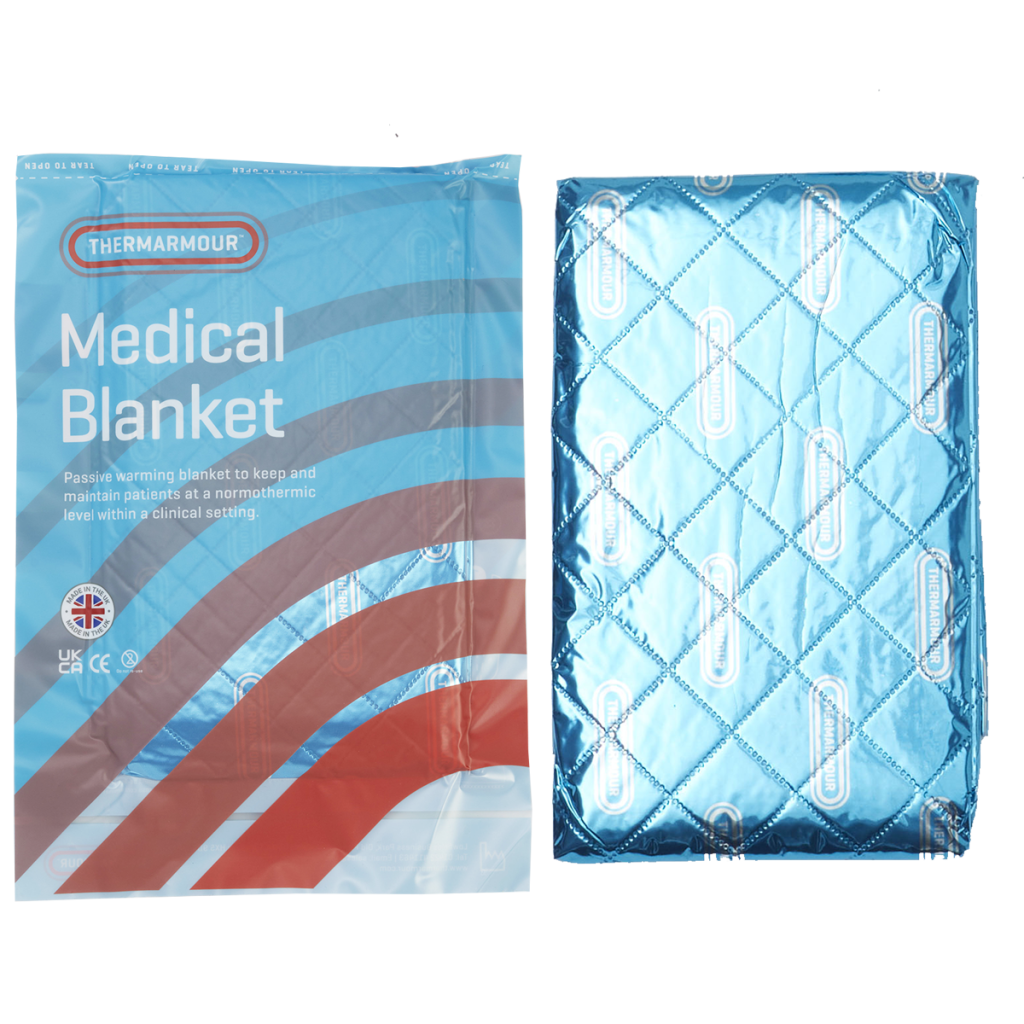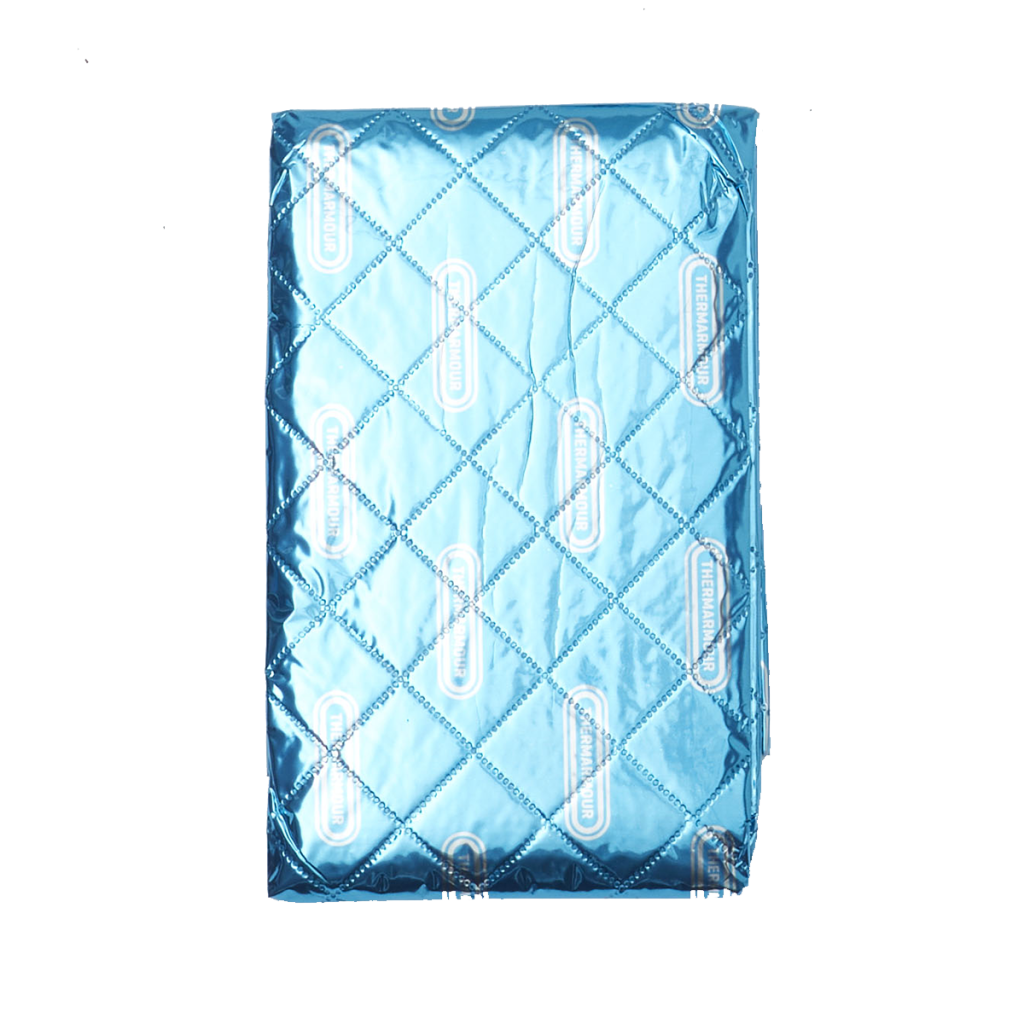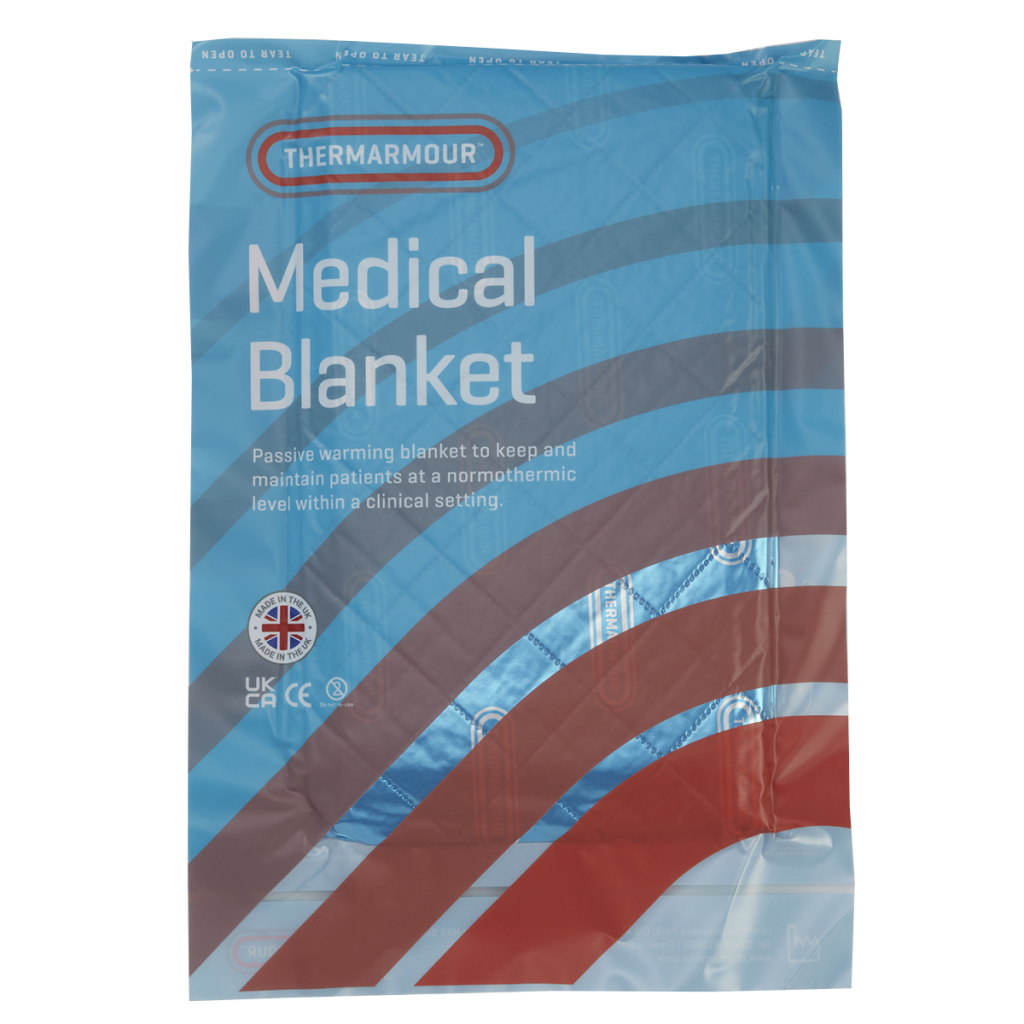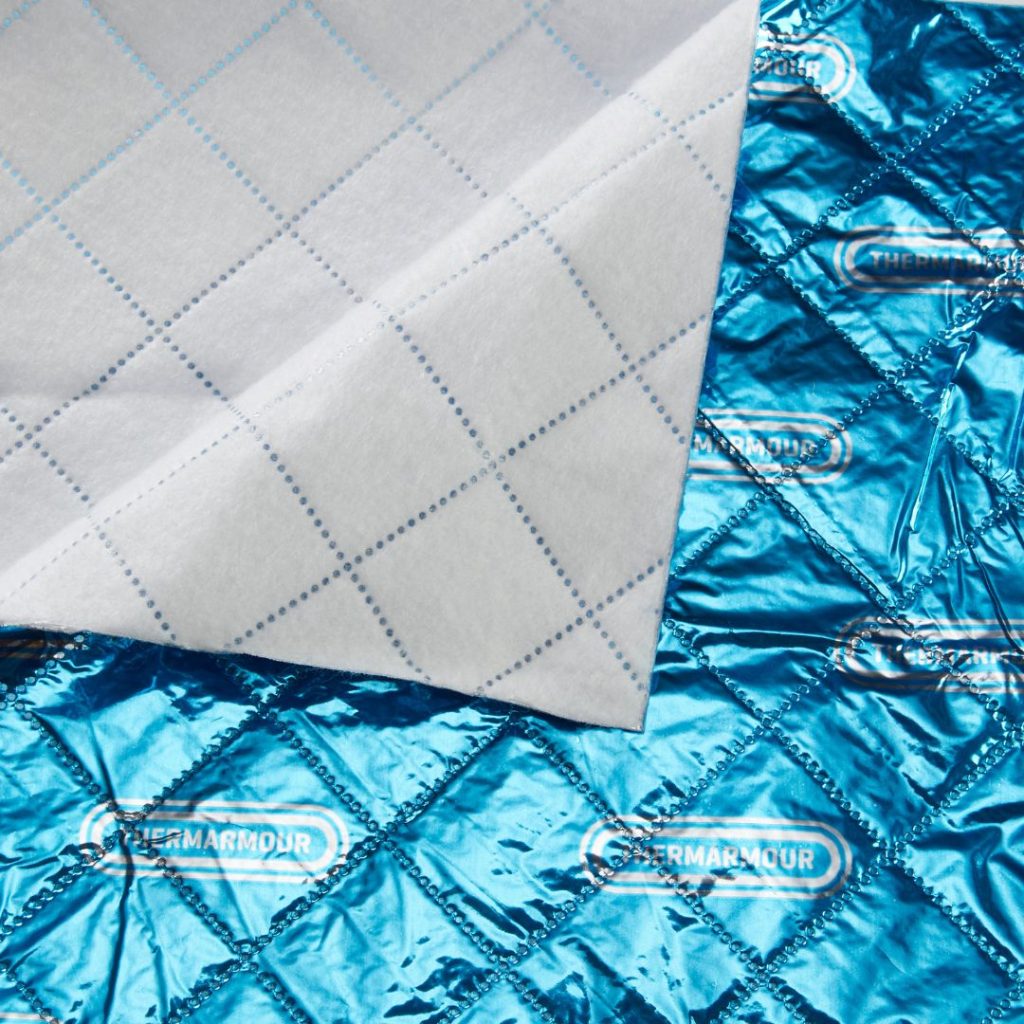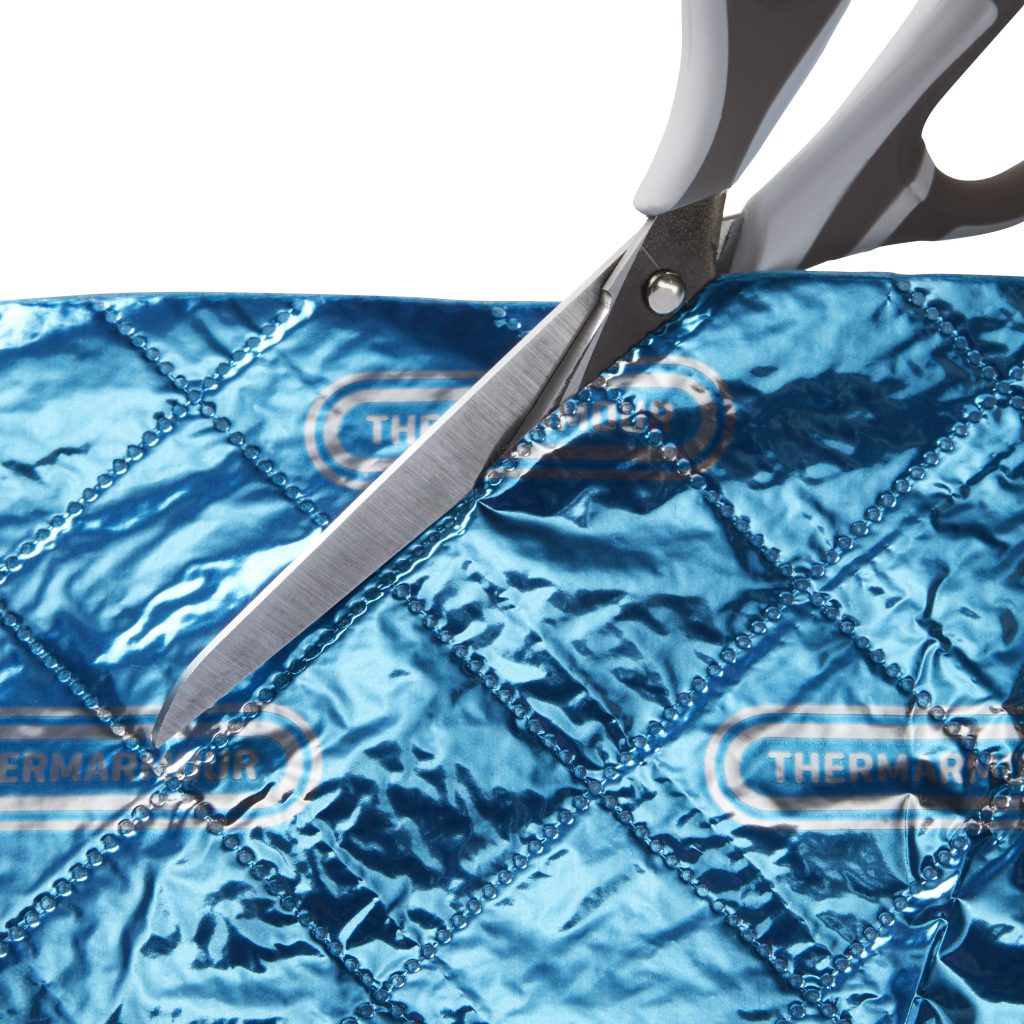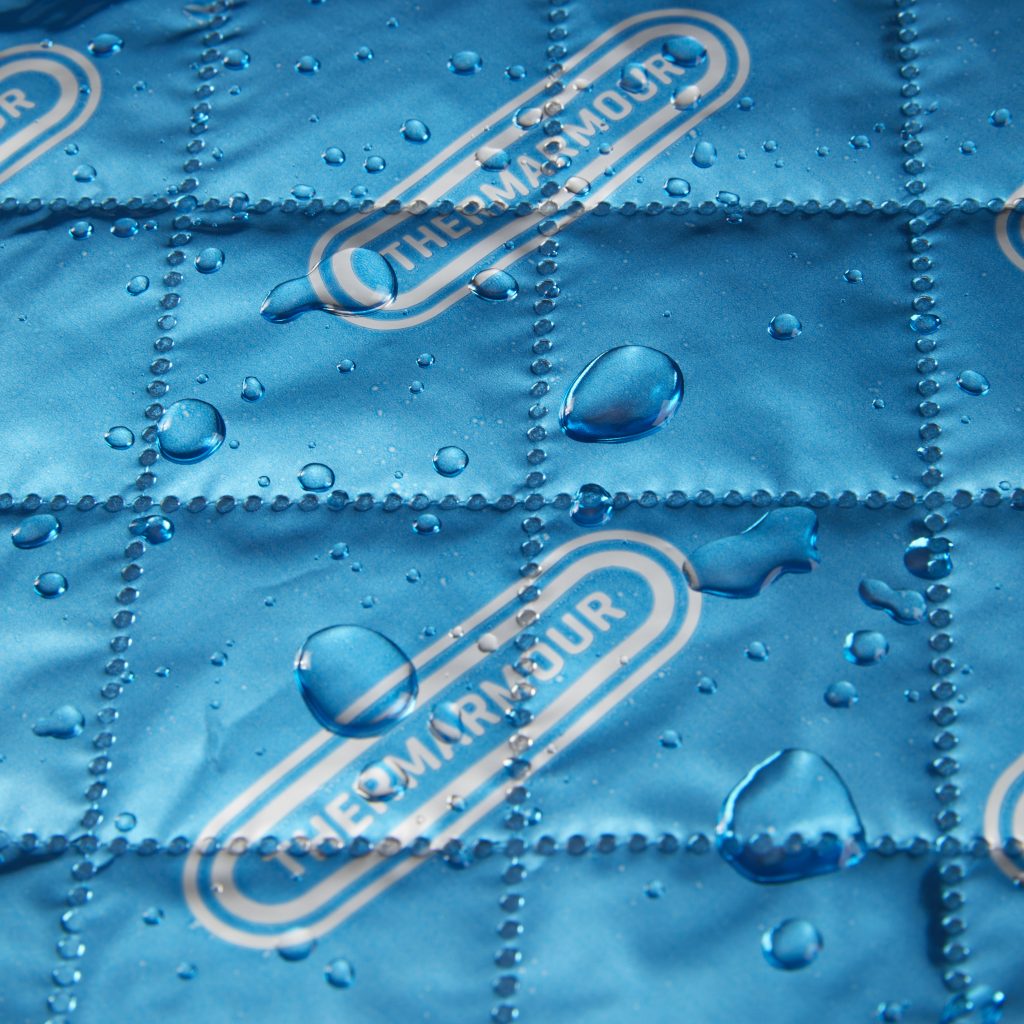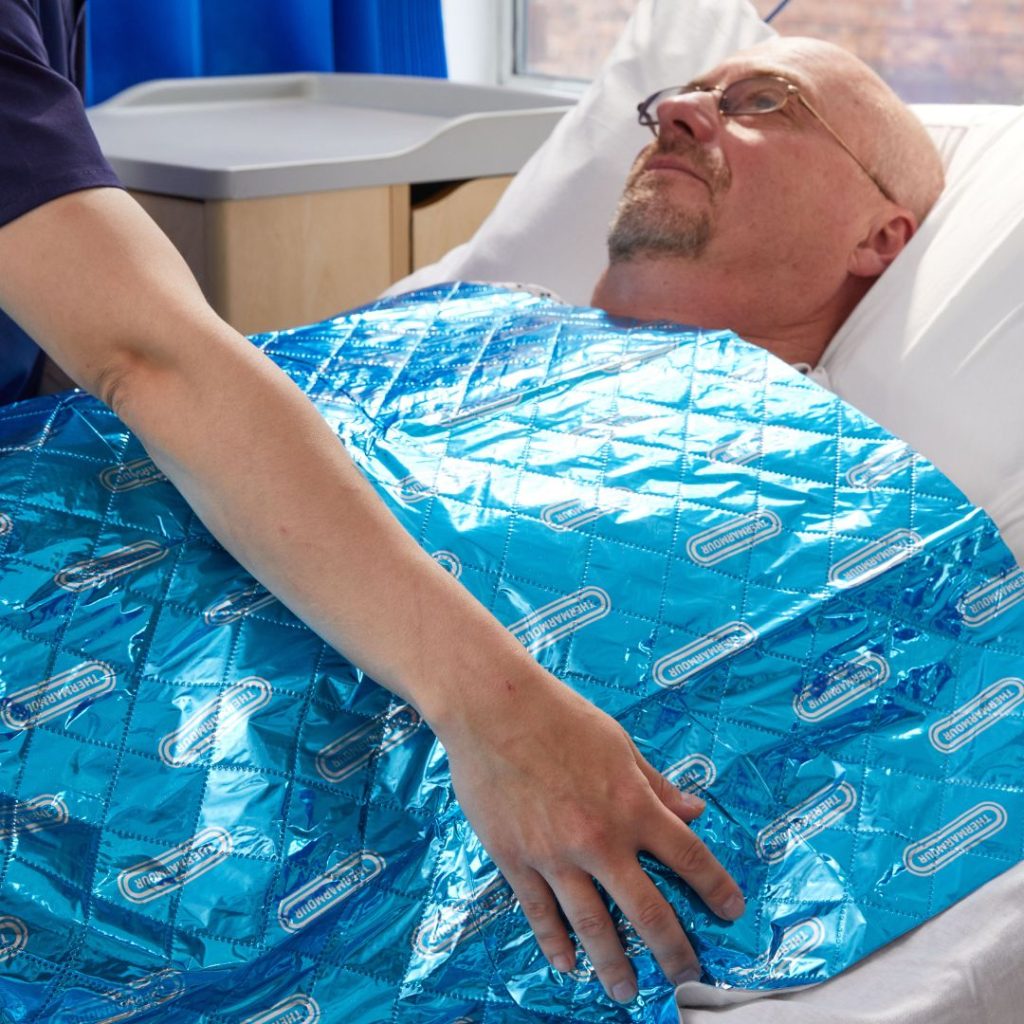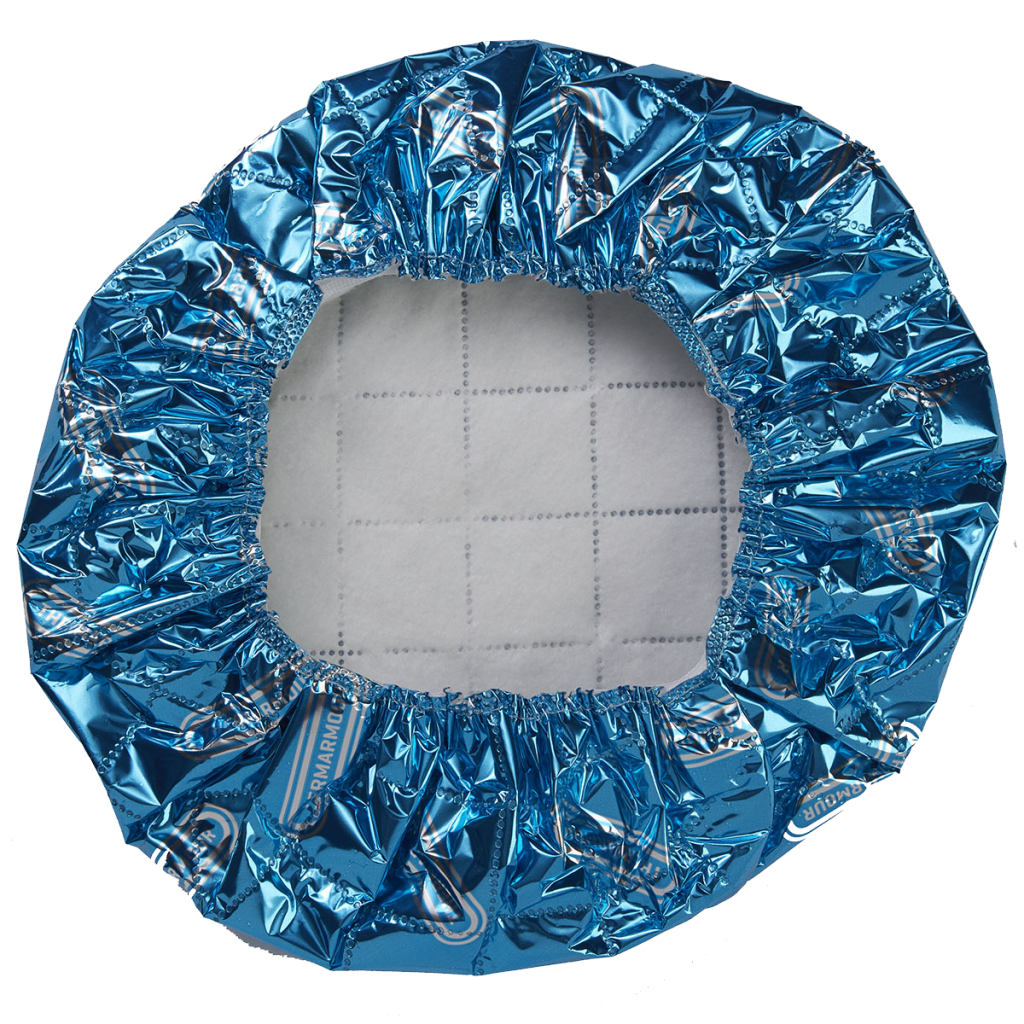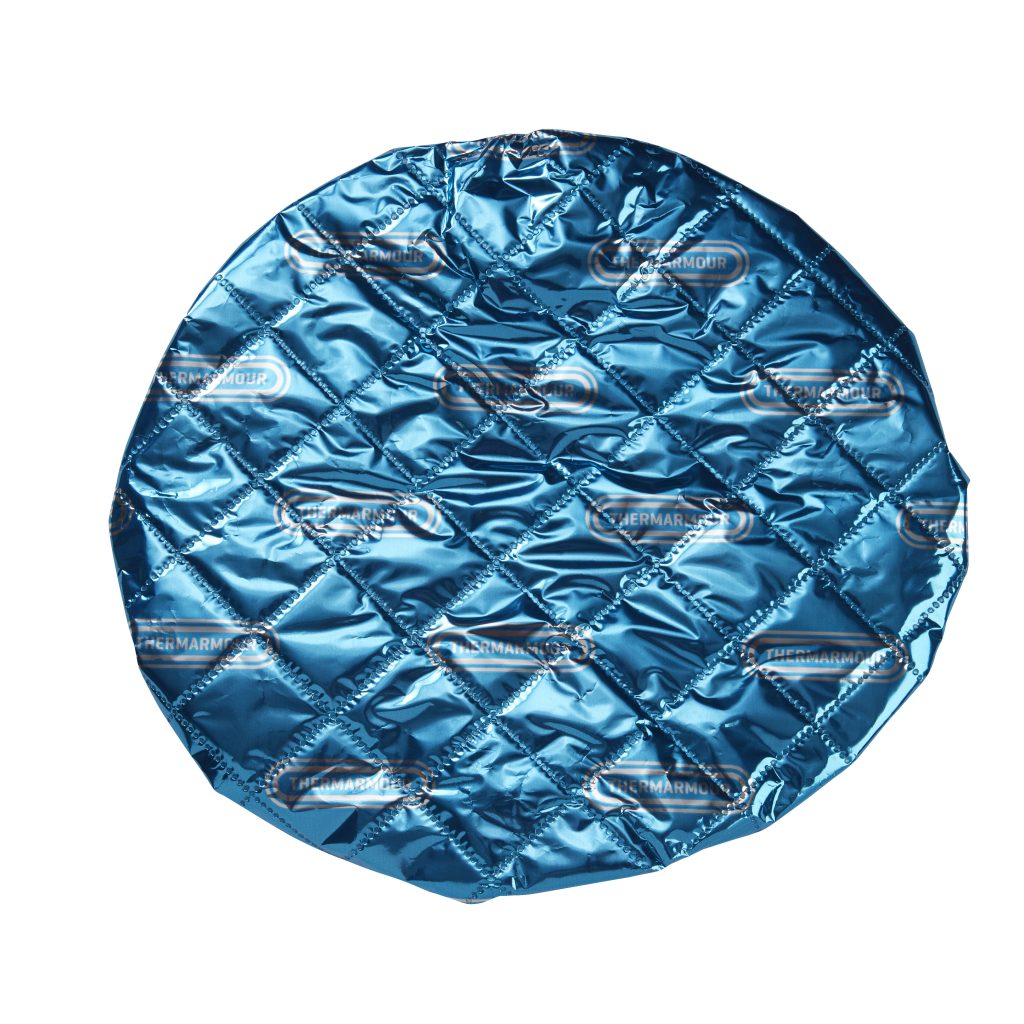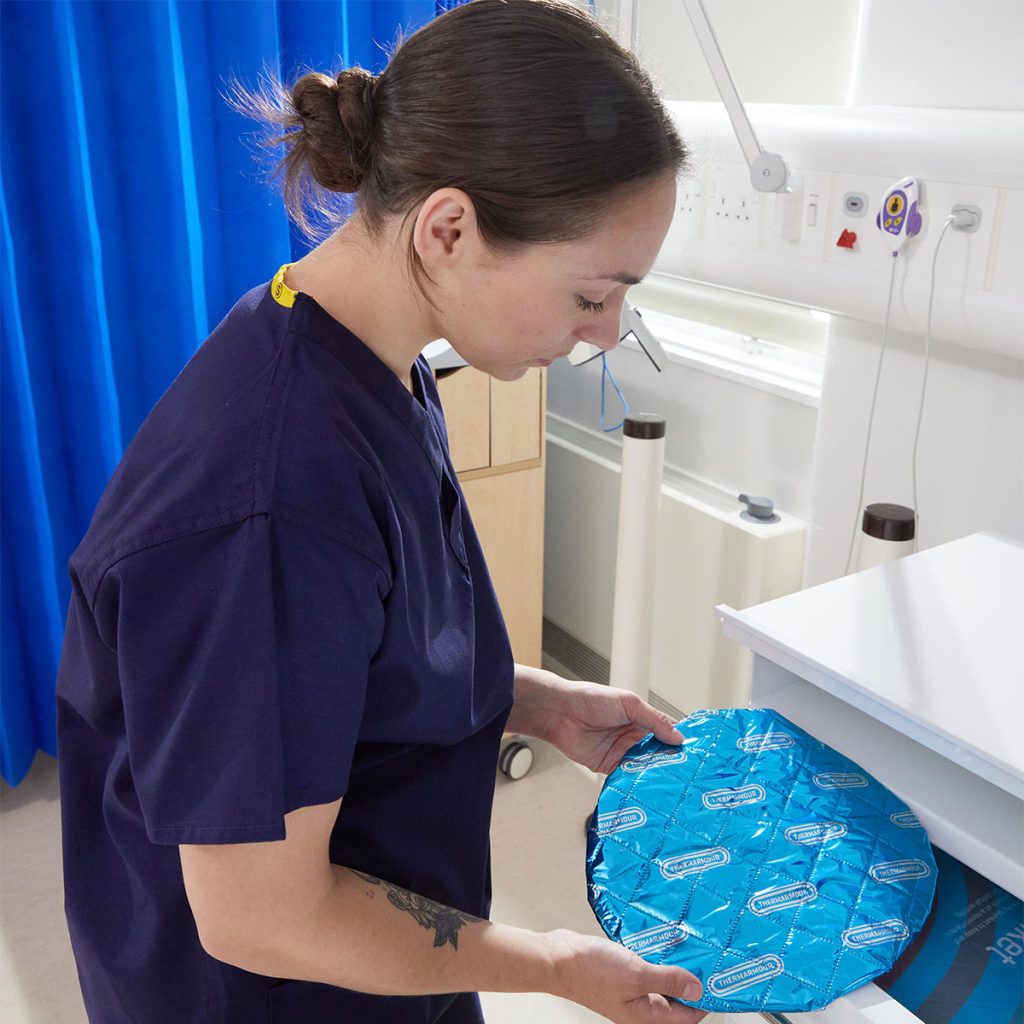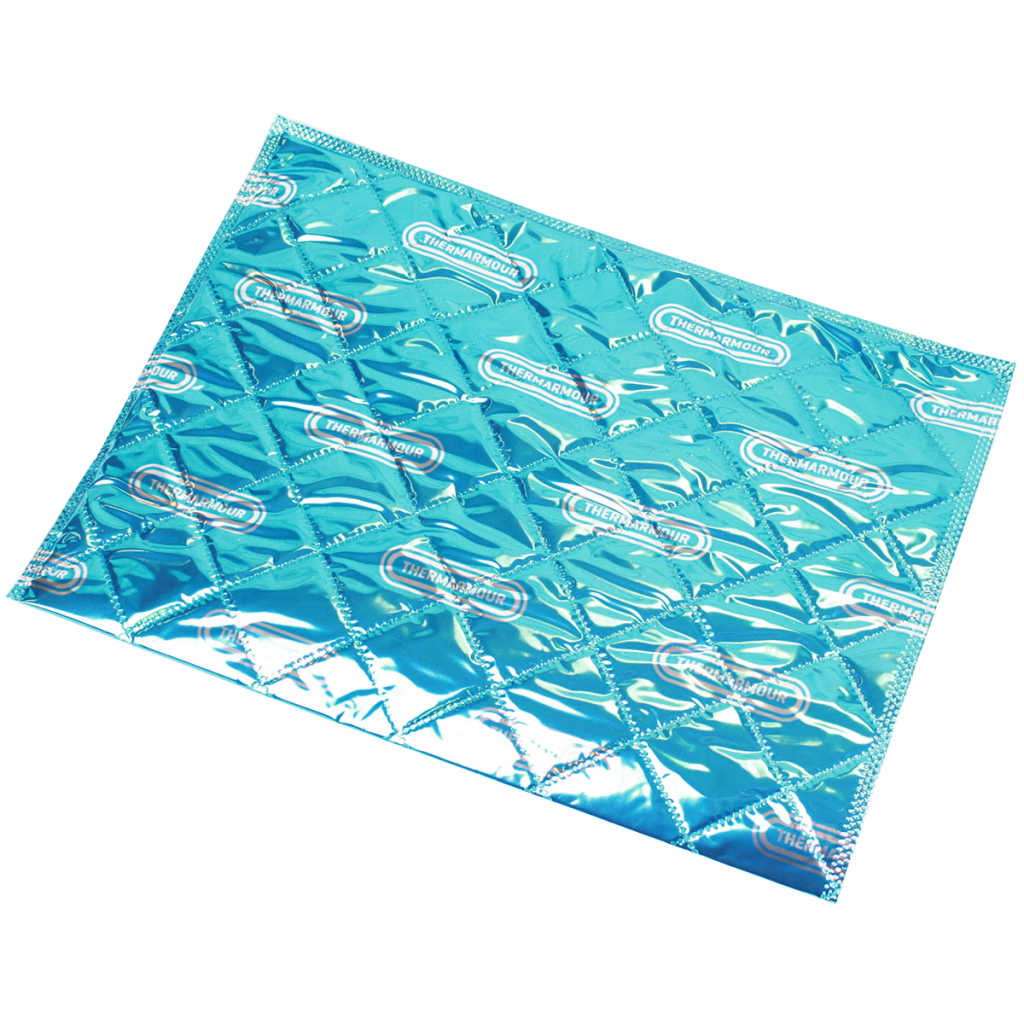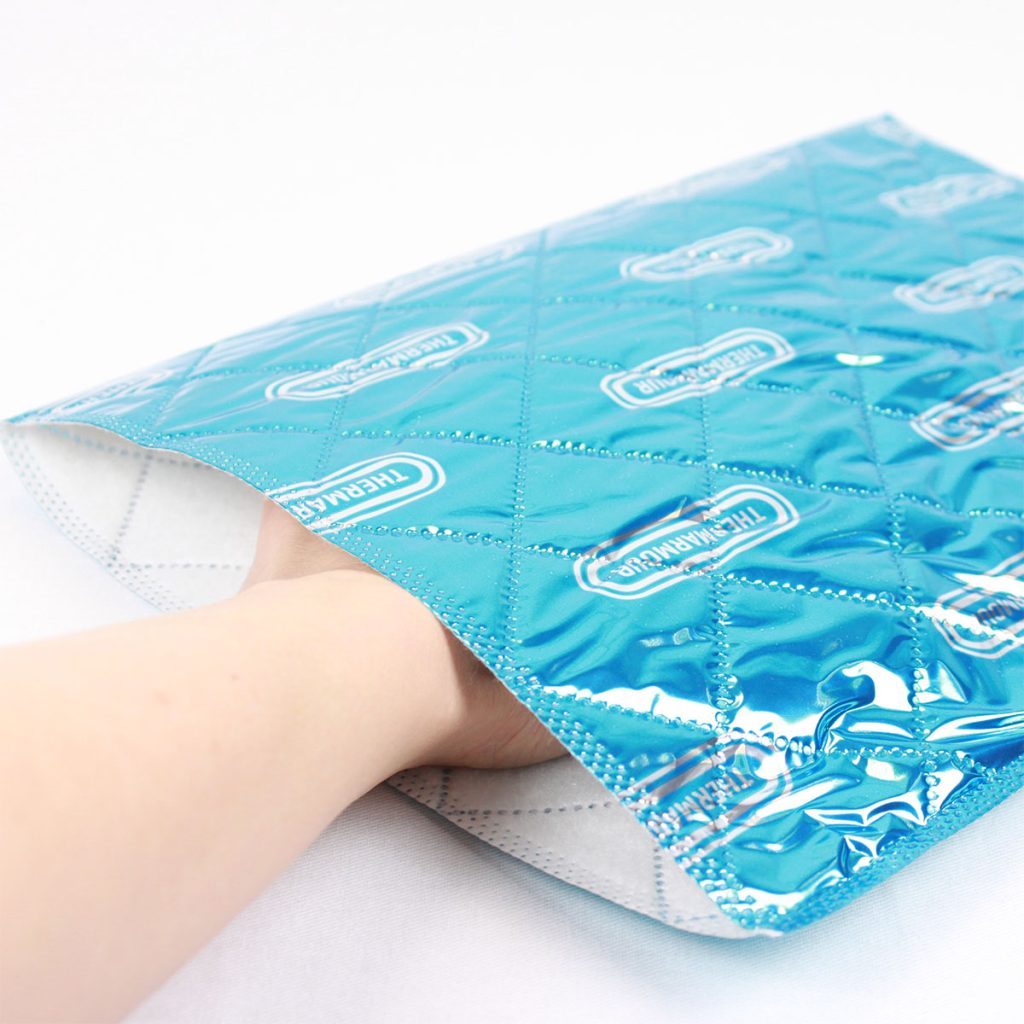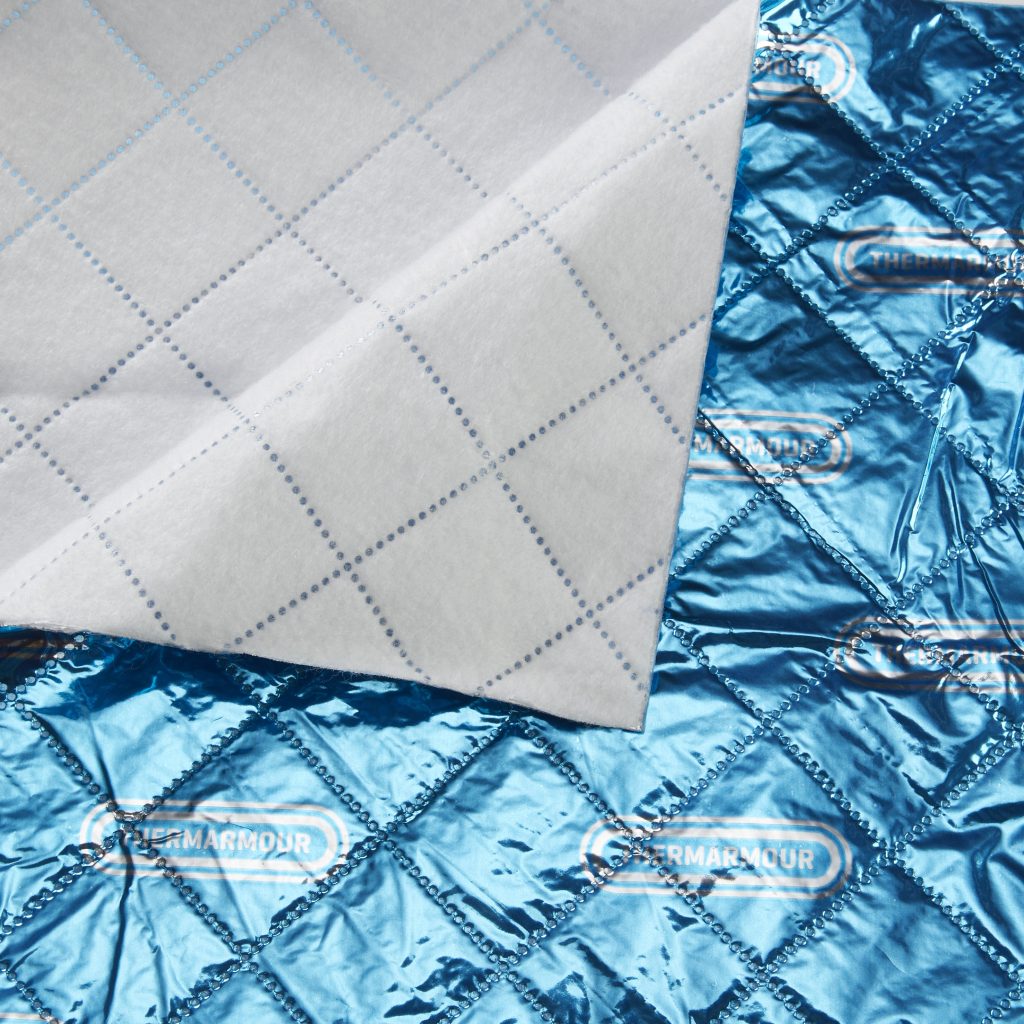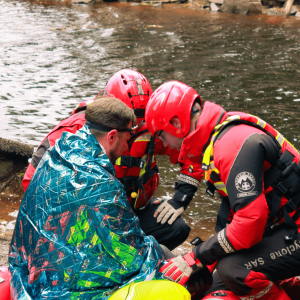Clinicians are well aware that maintaining a patient’s body heat before, during and after surgery is crucial to prevent hypothermia and to reduce the risk of post operative infections (NICE guidelines, 2013) but lack of consistency around pre-warming means that 20% of patients arrive at the operating theatre cold, delaying surgeries and contributing to poor patient outcomes.
What’s the challenge with current solutions?
Whilst forced air and conductive warming products are popular solutions, they both have drawbacks:
- Disruption to the patient pathway: For one, they are introduced to the patient pathway at the point of surgery, when many patients have already lost body heat, causing operation delays.
- Cost, space and energy consumption: In addition, both FAW and conductive solutions require additional equipment and external energy sources to work, compromising surgery space and contributing to rising costs and energy consumption at a time when budgets are tight and sustainability is high on the agenda.


 Hear from our NHS partners
Hear from our NHS partners



